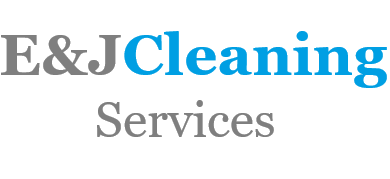
Helping to improve the environment one less chemical at a time!
Wikipedia defines Green Cleaning as moving away from toxic, chemically reactive products toward safer, eco-friendly cleaning solutions.. Some of which emit volatile organic compounds (VOCs) causing respiratory and dermatological problems among other adverse effects. Green cleaning can also describe the way residential and industrial cleaning products are manufactured, packaged, and distributed. If the manufacturing process is environmentally-friendly and the products are biodegradable, then the term ‘green’ or eco-friendly may apply.
Standards set by the United States Environmental Protection Agency (EPA) limit human and environmental exposure to toxic chemicals but do not entirely eliminate them in general. Reading the small print on labels is the only way to verify the components of a product but manufacturing, packaging and distribution may all contribute to environmental degradation.
Green cleaning companies are held to higher standards in general than federal or state-mandated ‘green’ cleaning rules. The goal of “going green” is to reduce human illnesses caused by chemical exposure and minimize environmental harm from product disposal. Research shows that chemical exposure can trigger allergies, weaken immunity, and contribute to cancer and other diseases. For instance, studies on formaldehyde, benzene, and other solvents have led to laws limiting exposure, though these substances are not fully banned.
More about Green Cleaning
In commercial settings, green cleaning takes a holistic approach to cleaning, offering health benefits, cost savings, and better community relations. It uses products and methods that clean as effectively as traditional options but are more cost-effective over time. Advances in chemical technology have created effective cleaning products without harsh ingredients.
The spring equinox is fast approaching, and soon we can all throw open our windows and let the March breezes blow winter away. It’s about time too! Levels of pollutants in indoor air can be from two or more than 100 times higher than outdoors, according to the U.S. EPA. That indoor pollution is due in large part to volatile organic compounds (VOCs) that evaporate from home decorating and cleaning products.
So step one for spring cleaners is:
Open a window and let those pollutants out! Yet even in this season, when a vase of daffodils can fill a room with a lovely natural scent, many consumers stubbornly keep using synthetic room fresheners and fragranced cleaning products that are full of VOCs and other toxic chemicals. There can make our indoor air unhealthy, provoke skin, eye, and respiratory reactions, and hard the natural environment.
A 1999 study in New Scientist found that frequent use of aerosol sprays and air fresheners in homes led to notable health effects. Mothers reported 25% more headaches and were 19% more likely to experience depression. Meanwhile, infants under six months had 30% more ear infections and a 22% higher risk of diarrhea.
Let E & J Cleaning Services create a well-designed Green Cleaning Program for you.
Some of the benefits of a well-designed green cleaning program can include:
- Improved productivity and morale of building occupants
- Improved health of cleaning staff and building occupants, helping to reduce sick days
- Recognition in the community for reducing resource usage and pollution
- Reduce liability from worker safety issues.
- Earn points towards LEED certification from US Green Building Council
- Satisfaction from helping to make the facility and community a better place.
Click Here for more information about our Green Cleaning Solution
